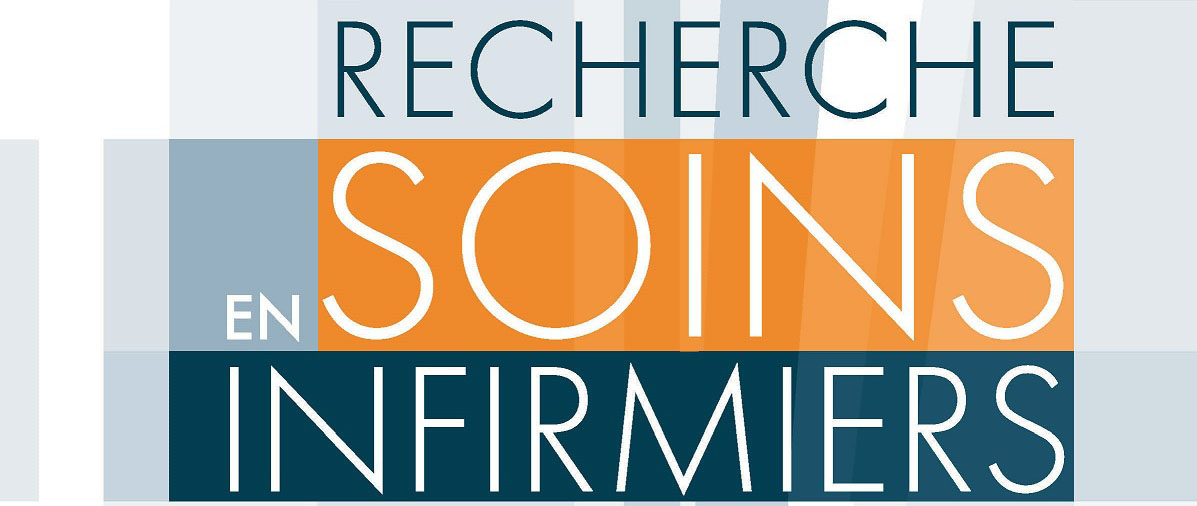An interprofessional simulation: An exploration of the experiences of nursing students
Background: the literature suggests that simulation is an effective strategy for meeting the learning needs of nursing students. Traditionally, simulation learning for nursing students takes place at nursing schools; away from the clinical setting, patients, and the interprofessional team. Aim: the objective of this pilot project is to explore the experiences of Francophone nursing students following their participation in an interprofessional simulation in a hospital setting during their third-year clinical placements. Method: a case study using Yin’s (2003) approach was used to explore this phenomenon through focus groups and individual interviews. Results: thirteen people participated in three simulation sessions that each included two scenarios. Content analysis of the focus groups revealed four themes: 1) the need for a realistic, but safe environment; 2) simulation helps to build self-confidence; 3) simulation improves nurses’ knowledge of the role; and 4) simulation improves nurses’ knowledge about teamwork. Two themes emerged from the individual interviews: 1) the knowledge and skills acquired during the simulation were retained over time; and 2) perceptions of the effects on the quality and safety of patient care were noted. Conclusion: the use of simulation could be effective for the development of knowledge about the nursing role, teamwork, and self-confidence.
Keywords
- simulation
- professional socialization
- nursing students
- interprofessional simulation
